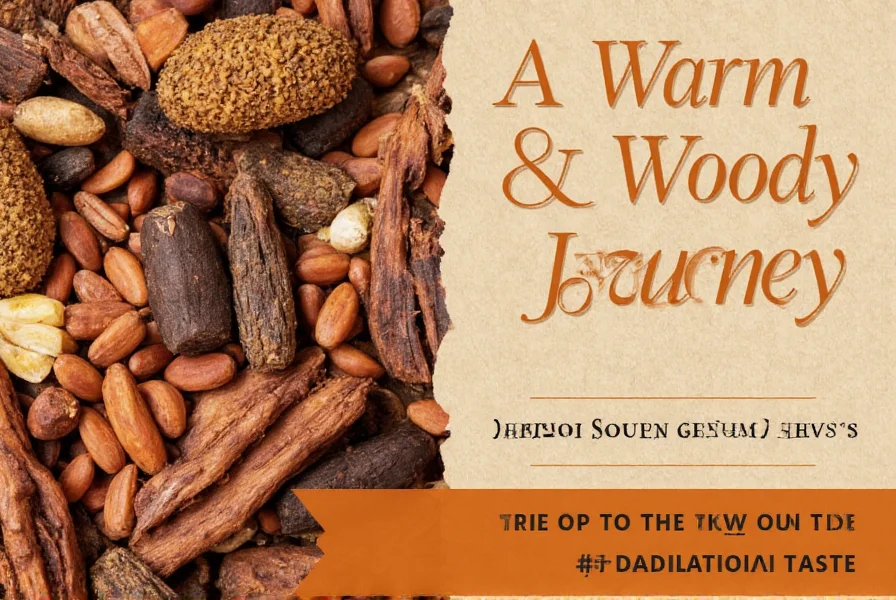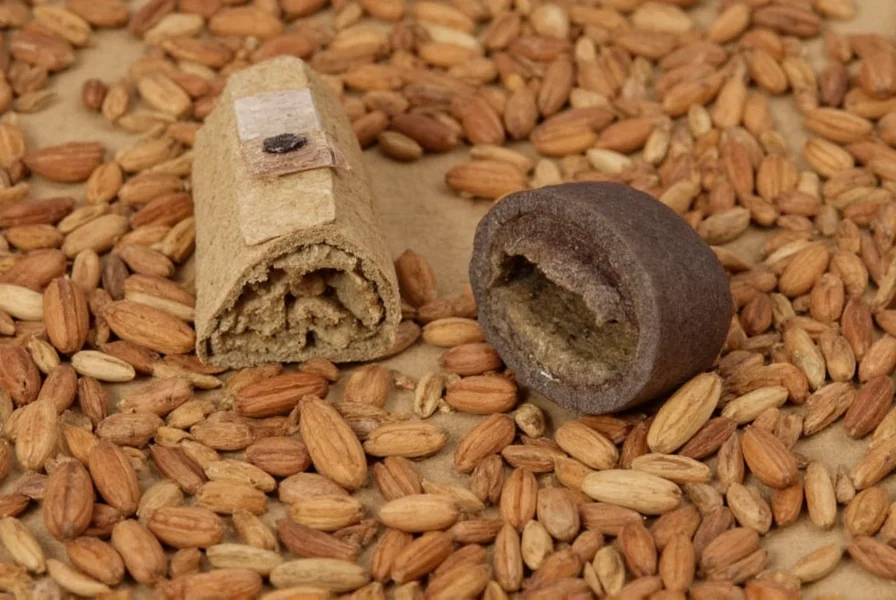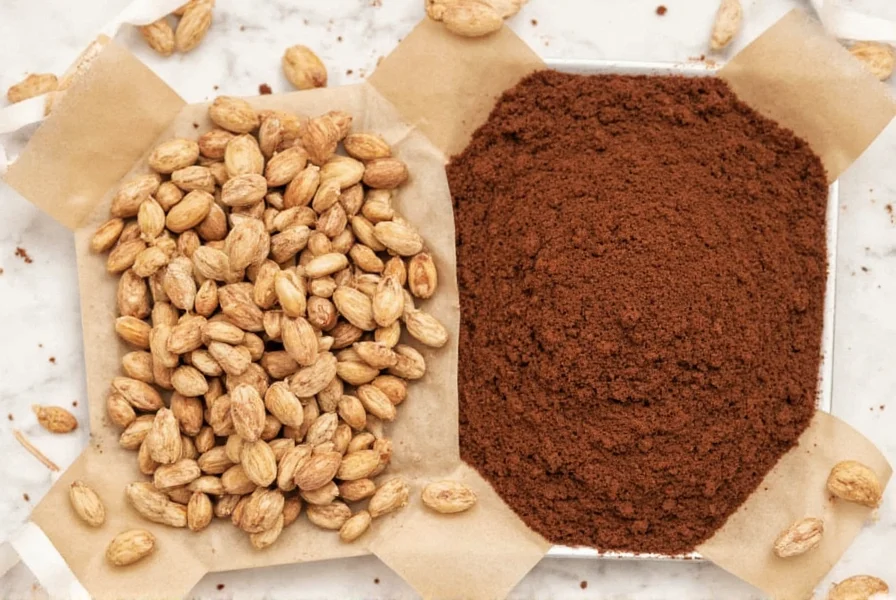Cardamom is a spice known for its complex flavor profile that combines sweet, citrusy, floral, and slightly spicy notes. It has hints of lemon, eucalyptus, and mint, with a subtle peppery finish. Whether you're a home cook or a professional chef, understanding cardamom's taste is essential for enhancing your dishes. In this guide, we'll explore cardamom's flavor characteristics, provide practical tips for using it, and help you choose the best quality pods.
Table of Contents
- What Is Cardamom?
- The Cardamom Taste: A Flavorful Breakdown
- Practical Tips for Using Cardamom
- Buying Guide: How to Choose the Best Cardamom
- Frequently Asked Questions About Cardamom Taste
- Conclusion
What Is Cardamom?
Cardamom is a spice derived from the seeds of plants in the ginger family. It has been used for thousands of years in Indian, Middle Eastern, and Scandinavian cuisines. There are two main types: green cardamom and black cardamom, each with their own unique characteristics and uses.
Green cardamom is the more common variety, known for its sweet, floral, and slightly citrusy notes. Black cardamom, on the other hand, has a smokier, more intense flavor and is often used in savory dishes.
The Cardamom Taste: A Flavorful Breakdown
The cardamom taste is like a symphony of flavors—sweet, spicy, and aromatic all at once. Its scent is reminiscent of citrus and pine, while its flavor is warm, slightly sweet, and tinged with a hint of pepper. The aroma alone can transform a simple dish into something extraordinary.
Here's a quick breakdown of the key components of cardamom taste:
| Flavor Component | Description |
|---|---|
| Sweetness | Mildly sweet, similar to honey or vanilla |
| Spiciness | Subtle heat, not overpowering |
| Floral Notes | Delicate and fragrant, like orange blossoms |
| Earthy and Woody | Deep, grounding undertones that add complexity |

Practical Tips for Using Cardamom
Now that you know what cardamom tastes like, let's talk about how to use it effectively. Here are some practical tips to help you get the most out of this versatile spice:
- Use Whole or Ground: Whole cardamom pods can be added directly to recipes and removed before serving. Ground cardamom is great for baking and desserts but should be used sparingly as it's more potent.
- Unlock Bolder Flavors Through Toasting: Lightly toast whole cardamom pods in a dry pan before use to release their essential oils and intensify the flavor profile significantly.
- Add Early in Cooking: Cardamom releases its full flavor when heated, so add it early in the cooking process to allow the aromas to infuse into your dish.
- Maximize Flavor with Proper Grinding: For the boldest taste, grind whole cardamom seeds yourself just before cooking rather than using pre-ground spice which loses potency quickly.
- Pair with Complementary Flavors: Cardamom works well with cinnamon, cloves, nutmeg, and citrus zest. Try it in coffee, tea, or baked goods for a delightful twist.
- Experiment with Different Dishes: Don't limit yourself to traditional recipes. Try adding a pinch of cardamom to sauces, marinades, or even cocktails for a surprising flavor boost.
- Store Properly: Keep cardamom in an airtight container away from light and moisture to preserve its potency and flavor.
Buying Guide: How to Choose the Best Cardamom
Choosing the right cardamom can make a big difference in your cooking. Here's a detailed guide to help you pick the best quality spice:
Types of Cardamom
There are two main types of cardamom: green and black. Green cardamom is the most commonly used and has a sweeter, more delicate flavor. Black cardamom has a stronger, smoky taste and is often used in Indian and Nepalese cuisine.
Quality Indicators
When selecting cardamom, look for the following signs of high quality:
- Uniform Color: High-quality cardamom should be bright green and free from mold or discoloration.
- Fresh Aroma: A strong, pleasant scent indicates freshness. Avoid any that smell musty or stale.
- Intact Pods: Whole pods are preferred over broken or crushed ones, as they retain their flavor better.
Recommended Products
Here are a few top-rated products that offer excellent value and quality:
1. Premium Green Cardamom (Whole Pods)
Features: Organic, fair-trade, and sourced from India.
Advantages: Intense flavor, long shelf life, and ideal for both cooking and baking.
Use Cases: Used in chai, desserts, and rice dishes.
Target Audience: Home cooks and professional chefs who want premium ingredients.
Suitable Occasions: Everyday cooking, special occasions, and holiday meals.

2. Smoked Black Cardamom (Ground)
Features: Naturally smoked, rich in flavor.
Advantages: Adds depth and complexity to meat and vegetable dishes.
Use Cases: Perfect for curries, stews, and braised meats.
Target Audience: Those looking to enhance the flavor of savory dishes.
Suitable Occasions: Dinner parties, family gatherings, and festive meals.

3. Cardamom Essential Oil (For Aromatherapy)
Features: Pure, cold-pressed oil.
Advantages: Great for diffusing, massage, or natural cleaning.
Use Cases: Used in wellness routines and home fragrance.
Target Audience: Aromatherapy enthusiasts and eco-conscious consumers.
Suitable Occasions: Relaxation sessions, yoga, and meditation practices.

Frequently Asked Questions About Cardamom Taste
What does cardamom taste like exactly?
Cardamom has a complex flavor profile that's sweet, citrusy, and slightly spicy with floral notes. It has warm, aromatic qualities with hints of lemon, eucalyptus, and mint, plus a subtle peppery finish that distinguishes it from other spices.
How can I make cardamom taste bolder in my dishes?
To unlock more intense cardamom flavors, toast whole pods in a dry pan until fragrant before using, grind seeds fresh just before cooking, and add it early in the cooking process. Pairing with complementary spices like cinnamon and citrus zest also enhances its distinctive taste.
What's the difference between green and black cardamom flavors?
Green cardamom has a sweeter, more floral and citrusy flavor profile that's delicate and versatile. Black cardamom has a stronger, smokier taste with earthier notes and is better suited for robust savory dishes. The two should not be used interchangeably in recipes.
Why does my cardamom taste weak even when I use a lot?
Cardamom loses potency rapidly when ground. Pre-ground cardamom often has minimal flavor. For bolder taste, always use fresh whole pods that you crack and grind yourself just before cooking. Also, adding it too late in the cooking process prevents full flavor development.
Which dishes best showcase cardamom's unique flavor profile?
Cardamom shines in Scandinavian baked goods like cardamom buns, Indian chai, Middle Eastern rice dishes, and even coffee. For bold flavor applications, try it in spice rubs for meats, creamy sauces, or as an unexpected addition to chocolate desserts where its complexity truly emerges.
Conclusion
Cardamom taste is a sensory experience that combines sweetness, spiciness, and a hint of floral and woody notes. Whether you're using it in your morning coffee, a dessert recipe, or a savory dish, its unique flavor can elevate your cooking to new heights. With the right knowledge and a few practical tips, you can confidently incorporate cardamom into your culinary repertoire. So go ahead—embrace the warmth and complexity of cardamom, and let your taste buds embark on a delicious adventure!












 浙公网安备
33010002000092号
浙公网安备
33010002000092号 浙B2-20120091-4
浙B2-20120091-4